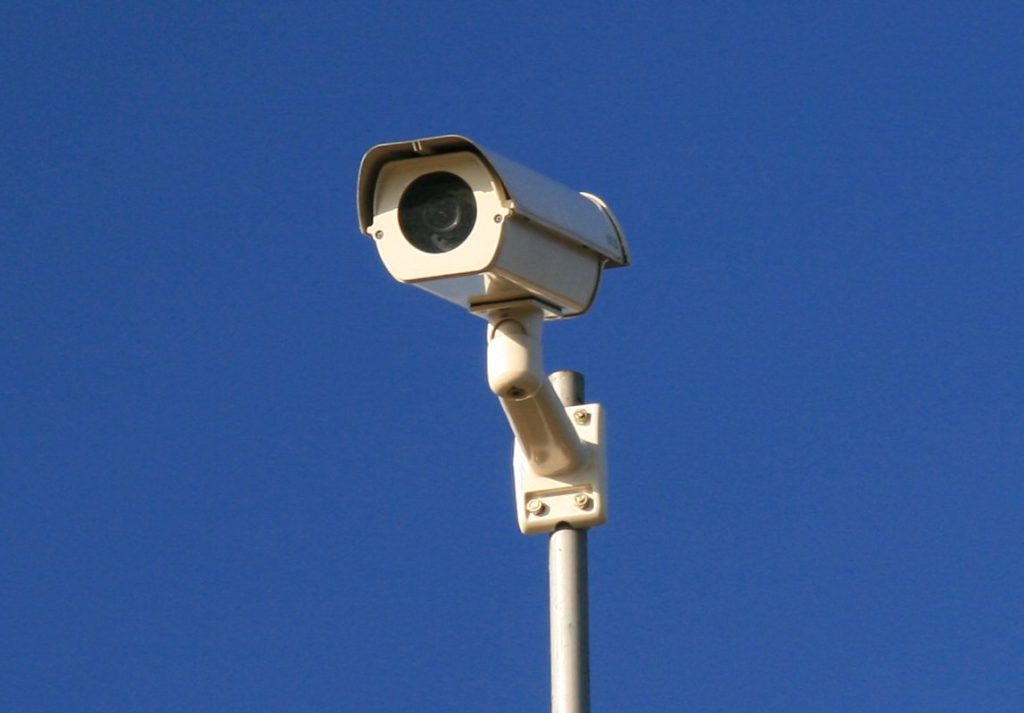How to Protect Your Online Accounts from Hacking?
Here’s a roadmap to securing your online accounts with cybersecurity best practices:
Fortress Passwords: Strong, unique passwords are the gatekeepers of your accounts. Avoid using birthdays, pet names, or dictionary words. Instead, craft complex passwords with a mix of upper and lowercase letters, numbers, and symbols. Imagine a password as a sentence; a nonsensical phrase like BlueCarrotsFlyAtNight7. is far more secure than password123. Password managers can generate and store these intricate passwords for you, eliminating the struggle to remember them all.
Two-Factor Authentication 2FA: Think of 2FA as a double lock on your accounts. Even with a strong password, a determined attacker might try to guess it. 2FA adds an extra layer of security by requiring a secondary verification code, often sent to your phone via text message or generated by an authentication app. This code acts as an additional hurdle, making it much harder for unauthorized access.
Software Updates: Those software update notifications you keep dismissing? They are crucial for online safety. Updates often include security patches that fix vulnerabilities hackers might exploit. Keeping your operating system, web browser, and applications up-to-date ensures they have the latest defenses in place.
Beware the Phishing Net: Phishing emails and websites are cleverly disguised to mimic legitimate sources like banks, social media platforms, or even friends. They often contain links or attachments that, when clicked, can download malware or steal your login credentials. Be wary of emails with urgent tones or grammatical errors.
Guarded Wi-Fi: Public Wi-Fi networks are convenient, but they often lack the security features of private networks. Avoid conducting sensitive activities like online banking or entering passwords while connected to public Wi-Fi. If you must use public Wi-Fi, consider using a virtual private network VPN which encrypts your data and adds an extra layer of security.
Social Media Savvy: Social media platforms can be treasure troves of personal information for cybercriminals. Review your privacy settings and limit the information that is publicly visible. Be cautious about what you share online, especially personal details like your birthday, address, or phone number.
Software Sentinels: Security software acts as a vigilant guard on your computer. Antivirus and anti-malware software can detect and remove malicious programs that can steal your information or damage your device. Keep your security software up-to-date to ensure it has the latest defenses against evolving threats.
Wary Downloads: Free software downloads can be tempting, but some harbor malware. Stay Safe and Secure online download software from trusted sources and websites. Read reviews before downloading anything, and be cautious of software that promises too much, such as free access to paid services.
Data Backups: While cybersecurity measures can prevent data breaches, sometimes unexpected events occur. Backing up your data regularly to an external hard drive or cloud storage service ensures you have a copy of your important files in case of a cyberattack, hardware failure, or accidental deletion.
By following these cybersecurity practices, you can significantly strengthen your online defenses and protect your valuable information from falling into the wrong hands. Remember, cybersecurity is an ongoing process, so stay vigilant and keep your knowledge up-to-date as technology and threats evolve.







